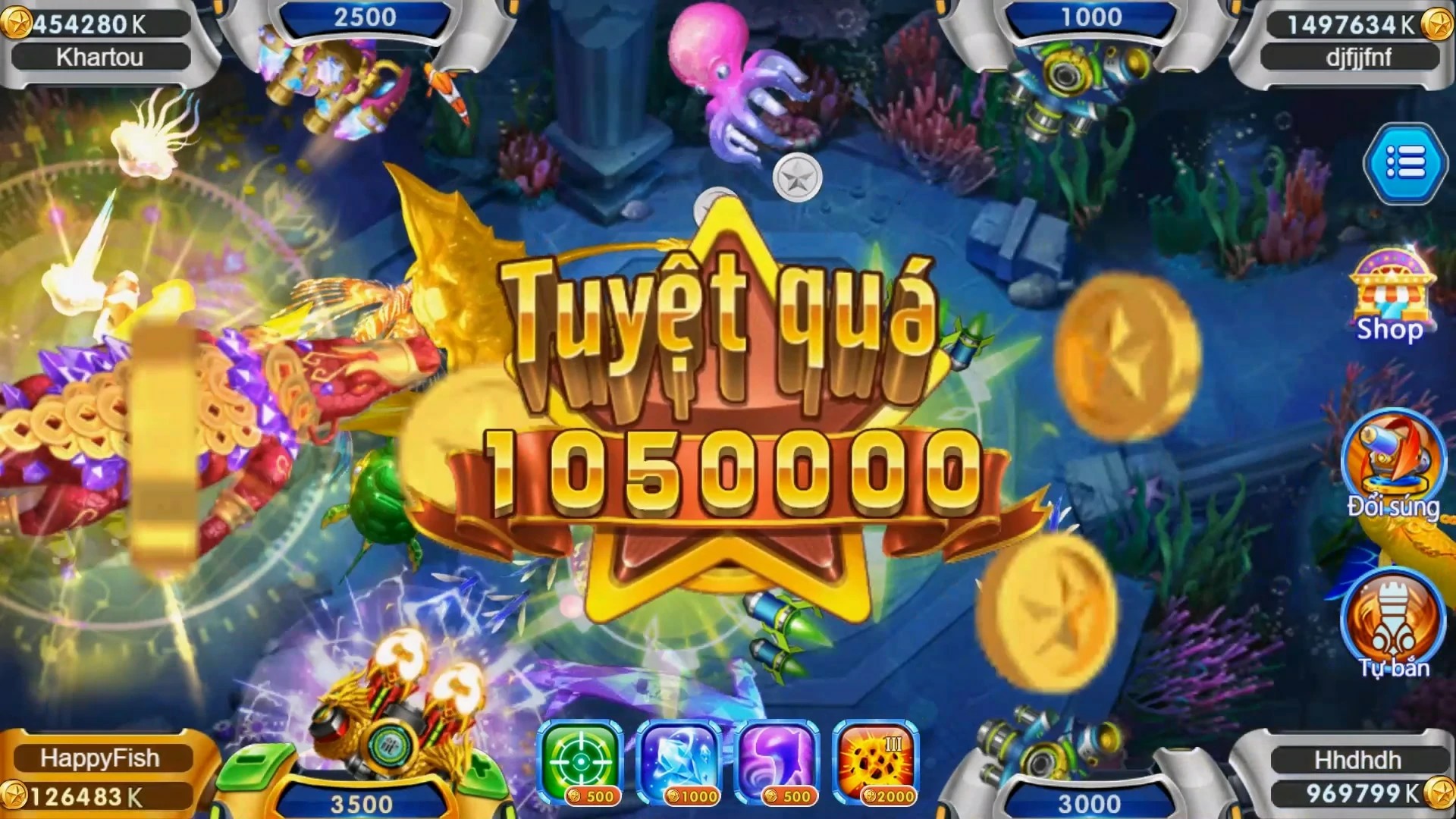Why Simulation Games and Sandbox Games Are Revolutionizing the Gaming Experience
In the ever-evolving world of video games, simulation games and sandbox games have found themselves at the forefront of innovation. These genres not only reshape how players interact with digital environments but also reflect broader cultural shifts in gaming. This article delves into how these game types are revolutionizing the gaming experience, particularly on platforms like Xbox.
The Rise of Simulation Games
Simulation games have surged in popularity, giving players the ability to immerse themselves in complex worlds that mimic real life. Be it farming, flying, or constructing cities, these games encourage players to learn and experiment within a virtual space.
What Makes Simulation Games Unique?
At their core, simulation games offer a blend of education and entertainment. Players engage in tasks that mirror real-life challenges. For example:
- Realism: Games like "The Sims" enable players to experience the nuanced intricacies of human life.
- Problem-Solving: By managing resources and making strategic decisions, players develop critical thinking.
- Creativity: Building and customizing virtual spaces allows for endless imagination.
A Look at Sandbox Games
In contrast, sandbox games offer players a more open-ended experience. These games provide freedom and flexibility, letting players create their own objectives in vast digital landscapes.
Key Features of Sandbox Games
| Feature | Description |
|---|---|
| Open World: | Players can explore vast environments without strict objectives. |
| Creativity: | Tools and resources allow for extensive customization and crafting. |
| Multiplayer Experiences: | Players can collaborate or compete with others, enhancing social engagement. |
Combining Elements of Both Genres
Many modern games cleverly merge the exciting elements of simulation and sandbox formats. For instance, games like "Minecraft" allow players to build, explore, and simulate while encouraging creativity.
What Are Xbox Story Mode Games?
Among the many genres, Xbox story mode games have found a niche. While they follow a linear narrative, they often incorporate simulation elements that enrich the gaming experience. Titles like "Tell Me Why" or "Life is Strange" invite players to make choices that resonate within a crafted storyline, reflecting the simulation genre's aspects.
The Emotional Impact of Simulation and Sandbox Games
These game types don’t just entertain; they also evoke emotions. Players often form attachments to characters and worlds they build, experiencing a range of feelings from joy to nostalgia.
Delta Force Boots: A Cultural Phenomenon?
Even in gaming, fashion plays a role. The iconic delta force boots worn by characters evoke a sense of strength and resilience. Their presence in various simulation and action games adds to the immersive experience, enhancing players’ engagements with their avatars.
The Future of Gaming: Trends to Watch
As technology advances, we can expect further enhancements in simulation and sandbox games:
- Virtual Reality: True immersion with headsets immersing players like never before.
- A.I. Expansions: Smarter A.I. can create dynamic scenarios that adjust to player's actions.
- Real-World Integration: Games that interact with real-world data for an enriched experience.
Conclusion
The gaming landscape is being reshaped by simulation games and sandbox games, offering players unique experiences that merge fun with learning. As these genres evolve, they’ll undoubtedly continue to engage and inspire a new generation of gamers. In this vibrant, dynamic realm, the only limit is the player's imagination.



